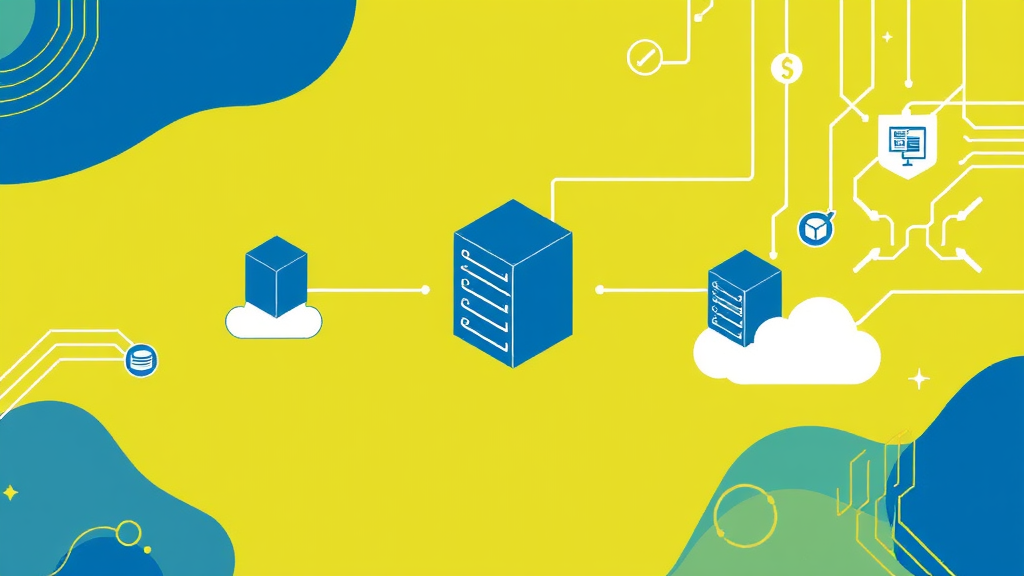Guide: Migrating Legacy Systems
A strategic overview of planning and executing the modernization or replacement of outdated software systems.
By Upingi Team / Published on June 11, 2025
A strategic overview of planning and executing the modernization or replacement of outdated software systems.
By Upingi Team / Published on June 11, 2025
Placeholder: Define legacy systems and explain why organizations need to migrate (e.g., high maintenance costs, lack of scalability/security, inability to integrate with modern tech, skill shortages). Acknowledge that migration is complex and risky.

Placeholder: State the guide's goal: to outline a strategic approach to legacy system migration.
Placeholder: Emphasize thorough assessment: Understand the legacy system (architecture, data, business logic, dependencies, pain points). Define clear migration goals and scope. Identify stakeholders. Evaluate risks. Estimate costs and timelines.
Placeholder: Discuss choosing a migration strategy.
Placeholder: Briefly explain common migration strategies (often called the 6 or 7 R's):
Placeholder: Mention factors influencing the choice (cost, risk, timeline, business goals).
Placeholder: Discuss setting up the target environment. The critical challenge of data migration (planning, cleansing, transformation, validation, cutover strategy - big bang vs. phased). Building/configuring the new system based on chosen strategy.
Placeholder: Emphasize rigorous testing (functional, performance, security) throughout the process.
Placeholder: Describe final UAT (User Acceptance Testing). Detail the cutover process (go-live). Discuss post-migration monitoring, performance tuning, and optimization. Explain the importance of decommissioning the old system eventually.
Placeholder: Mention change management and user training.
Placeholder: Recap the key phases of legacy migration. Reiterate that it's a complex undertaking requiring careful planning, strong execution, and stakeholder buy-in. Emphasize the long-term benefits of successful modernization.